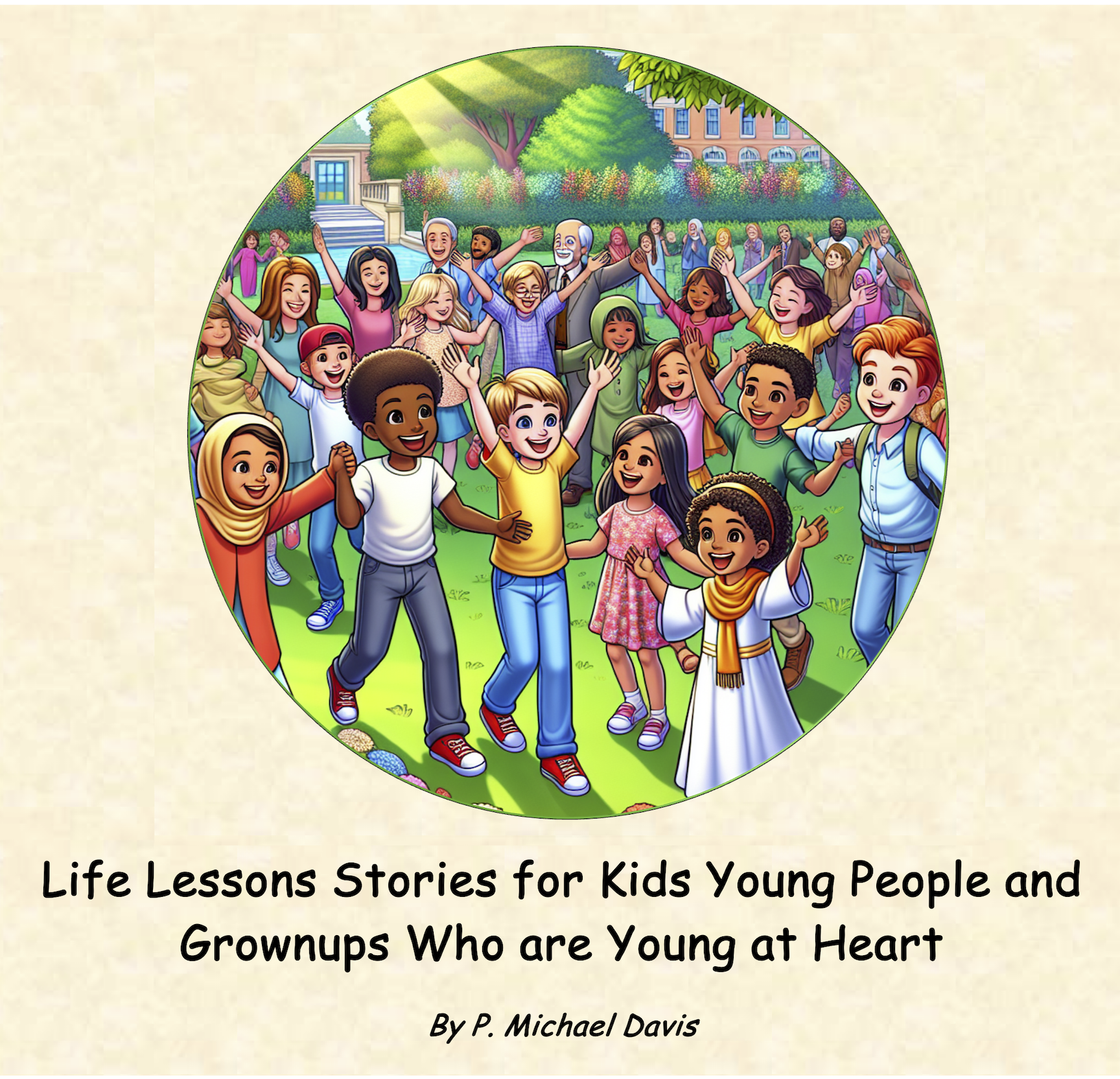Parenting Skills for Adolescents

How to develop good parenting skills, especially for parenting adolescents, is not a significant part of the curriculum of most of our educational systems. But it is one of the most important abilities any parent needs to learn. Below, I share some of the lessons and experiences I’ve learned and taught to my clients over my forty-year career as a pastoral counselor.
What are some of the parenting skills necessary for helping to facilitate an adolescent’s positive and productive growth into adulthood?
First of all, a healthy and trustworthy relationship is key to effective parenting skills for any child, especially adolescents. In order to build that kind of relationship there are three major areas that are crucial: connection, oversite and monitoring, and encouraging self-assurance and independent thinking. Let’s look at these concepts individually:

Connection
Connection is the first necessary aspect of a healthy adolescent-parent relationship.
Connection requires interaction on a continuing basis. Without ongoing and frequent contact, there is no environment that facilitates warmth, trust, understanding, and dialogue in the parenting relationship.
The bottom line: parents and adolescents have to spend quality time together.
Oversight or Monitoring
Oversight or monitoring is the next crucial aspect of a healthy adolescent-parent relationship.
One of the most dangerous things you can give an adolescent is complete anonymity and secrecy in the things they do, the friends they make, the places they go, and activities they are involved with. Oversight does not mean parents must become the nay-sayers of everything that an adolescent wants to do, but it does mean that parents must know and take a genuine interest in the activities of their adolescent son or daughter.
Research shows that when parents know their child’s friends and free-time activity choices, the children are less likely to get into trouble than their peers who have little to no oversite. Parental oversight, which is exercised in the context of a warm, kind and loving, but not permissive, relationship is not perceived so much as intrusive as it is caring and protective. And, the fact is, parental oversight will help minimize the opportunity for adolescents to fall into antisocial activities by inhibiting the likelihood for both delinquent activity and negative peer pressure.
The bottom line: parents must oversee the who(s), what(s) and where(s) of their adolescent son’s or daughter’s life and either encourage or intervene when necessary and appropriate.
Encouraging Self-Assurance and Independent Thinking
Encouraging self-assurance and independent thinking is a critical aspect of a healthy adolescent-parent relationship.
Self-assurance and independent thinking are nurtured in an adolescent when parents genuinely respect and encourage that young person’s ideas, even when those ideas may be contrary to their own. That is to say, while parents don’t have to agree with the adolescent ideas, they can and should encourage the independent thinking and the adolescent’s ability to express original ideas and beliefs.
Parents can nurture their children’s self-assurance by expressing unconditional acceptance for their child’s independent thoughts and feelings and validating them by giving permission for the child to express those thoughts and feelings. However, just because the adolescent has been free to express himself or herself doesn't mean the parent has to agree with their views or allow behaviors that are inappropriate, dangerous, or in opposition to family norms.
Far too often, parents of adolescents exercise psychological control over their children by personally attacking the child over ideas they find objectionable, withdrawing love and emotional support, or using guilt to bring the adolescent’s way of thinking into line with their own. Instead of encouraging self-assurance and independence, this kind of parenting encourages self-doubt and dependence, or anti-social behavior and defiance.
Translating these ideas into specific situations with your adolescent can be a challenge, especially if one or both of you have already developed a less than productive relationship.
A goal of establishing a warm, caring, positive, relationship characterized by kindness with a teenager whose favorite phrases are "you just don't understand”, "leave me alone," or “I hate you,” can seem unreachable at times, but persevere, it is possible.
The bottom line: For adolescents to grow into self-assured and healthy adults they must be encouraged to think for themselves and develop the ability to trust and explore their new thoughts and feelings in an open and safe environment. That environment must be one that has boundaries, ground rules, and is guided by the parent.
The combination of connection, oversite, and encouraging self-assurance and independent thinking may sound simple, but as we try to put those concepts into action, the practical application can become frustrating when things don’t go as planned.
So, what do we do in that case?
Okay, the nitty-gritty truth is that the parent is the one with the power. When I say power, I mean that parents have a certain amount of control over what happens in their adolescent’s life. And parents must maintain power for the sake of the children – because children, especially adolescent children, are nether emotionally nor intellectually equipped to make crucial life decisions.
This does not mean parents need to crush adolescent opposition with their power. Instead parents must learn how to lead their children, albeit grudgingly, to an understanding that the parent has the child’s best interests at heart, and the parent cannot allow the child to be put in situations they are not equipped to handle.
The big question? What are the parenting skills necessary to help get that understanding across to the adolescent?

First, let's start with what parenting behaviors to avoid.
Avoid trying to control your child.
There is no human being on earth who is more difficult to deal with than an adolescent who has nothing left to lose. I have worked with families in which the parents have taken virtually everything away from their adolescent child in an effort to control that child’s behavior. One family had even removed her bedroom door and that adolescent girl was as completely defiant as the parents were insistent. They had all lost sight of what they each really wanted, which was a functional relationship in which each was respected and accepted by the other. It took a while and was quite a struggle, but this family did finally get to the point of mutual respect and acceptance.
Avoid becoming the same emotional age as your child, especially in a conflict.
This doesn’t only happen with adolescents, but it happens with younger children as well. You can observe this phenomenon at any toy store during the Christmas holidays. Watch for a young mother walking through the store with a 4- or 5year-old. The child will demand a toy. Mother will say in a very calm voice, “No dear, we are just looking at toys today.” The child will become more demanding and louder. Mother will start to become embarrassed and a little angry and the calm in her voice will begin change. The child will begin to cry and have a tantrum to which mom will respond with anger and a tantrum of her own demanding the child quiet down at the top of her own lungs. If you were watching closely, you will have seen this mother transform from a grown woman to the emotional age of a 4- or 5year-old in the course of this exchange.
Adolescents have this process down to a science. The parent will come into where the adolescent is on his or her phone, iPad, computer, watching TV, or whatever, and the parent will ask the adolescent to do a chore, start homework, or something the adolescent doesn’t want to do. The adolescent will ignore or push whatever buttons will make the parent angry and then, as the parent tries to gain control of the situation the adolescent skillfully leads the parent down the emotional age ladder until the parent either leaves the room in frustration or becomes a screaming maniac. Either way, the adolescent is in control of the situation just like that toy-wanting 4- or 5year-old. Ultimately, the adolescent wins the battle, and it was a battle that never should have started or continued.
Avoid long sermon-like monologues with your child.
There is a wonderful comic strip entitled “Zits.” In the comic strip, there is often a panel in which one or the other parent is talking to a sullen adolescent boy. What you see in the panel is the picture of the boy who clearly would rather be anywhere but there, and all around him are the words, “BLAA, BLAA, BLAA, BLAA, BLAA, BLAA, BLAA, BLAA, BLAA, BLAA.”
When having a conversation with your adolescent, make sure you are engaged in conversation, not just a monologue. One way to do this is to never allow your talking time at any one part of the conversation to last more than 30 seconds.
Avoid long sermon-like monologues with your child.
There is a wonderful comic strip entitled “Zits”. In the comic strip, there is often a panel in which one or the other parent is talking to a sullen adolescent boy. What you see in the panel is the picture of the boy who clearly would rather be anywhere but there, and all around him are the words, “BLAA, BLAA, BLAA, BLAA, BLAA, BLAA, BLAA, BLAA, BLAA, BLAA”.
When having a conversation with your adolescent make sure you are engaged in conversation not just a monologue. One way to do this is to never allow your talking time at any one part of the conversation to last more then 30 seconds.
Avoid taking what your child says and/or does in a conflict personally.
Always try to remember that during a conflict, your adolescent’s goal is to get you to leave him or her alone. Often, they speak out of frustration and anger and will say things that are fueled by emotion just to stop the conflict. When you become aware that your adolescent is getting emotionally charged, it is often best to say, “We are going to take a break from this conversation and calm down. Then we will discuss it again. Give a five-to ten-minute break and then resume whatever the conversation is about. Be sure to come back to the conversation within the time frame so the adolescent doesn’t think you have been driven away. If you don't, your failure to engage on time will only reinforce to him or her that getting emotional is the way to control your commitment to the conversation.
Avoid fighting his/her battles as your own.
If your adolescent has a conflict with a teacher at school, a friend, another child in the neighborhood, or at school, or any other kind of interpersonal conflict, avoid becoming a mama or papa bear and taking on an injustice done to your child as your own. There may in fact be an injustice, bullying, or something of that nature, but it is more likely to be a conflict that is considerably less complicated. It is fine to go along with your adolescent, but make it clear they will be expected to engage in solving the problem, and you will be there to support and help with the solution. It is of critical importance that you don’t try to minimize the issue, because what ever it is, this issue is of critical importance to your child. Be sure he or she knows you are with him/her and will do all you can to help, but not to fix it.
Avoid solving your child’s problems and anticipating his/her mistakes and failures before your child has the opportunity to deal with them.
All adolescents make mistakes and create problems for themselves because they do not have enough life experience to anticipate the consequences of all their ideas and actions. Unless you anticipate a life-threatening event or major disaster happening, allow them to make some of those mistakes and even to fail at some things. If they never experience that part of life, then they will never learn how to avoid making those mistakes as adults. There is a wonderful book entitled “The Blessing of a Skinned Knee” by Wendy Motel which talks about the value of allowing children to learn from their mistakes and failures so they can develop self-reliance.
Parenting Skills - Relationship To Dos
Do:
- Establish a relationship based on consistency, positive interaction, kindness, warmth, stability, and love
- Be the parent, not the friend
- Encourage individuality and autonomy (within reason), even if it is not consistent with what you wanted your child to do or become
- Spend positive time with your adolescent child and show a genuine interest in what he or she has to say (recreational activities, games, etc.)
- Remember that whatever the crisis of the day may be, it is incredibly serious to your child and it will almost always pass and pass quickly
Parenting Skills - Behavior To Dos
Do:
- Set clear and realistic boundaries and allow children to participate in the process both for boundaries and for consequences
- Focus on reshaping unacceptable behavior, not rehabilitating a “bad” child. Monitor what your child does, where he or she goes and with whom, and increase monitoring to reshape unacceptable behavior
- Model personally the kind of behavior you expect from your adolescent.
- Talk about touchy issues (ie. sex, drugs, alcohol, smoking, etc.) and explain why they are destructive and need to be avoided
- Help them to solve their problems without making the problems yours
Remember, these are the most important Adolescent Parenting Skills.
- Understanding
- Patience
- Consistency
- Respect
- Trust
- Love
Sensible Spirituality
A down to earth, non-religious, how-to-guide for living with your whole heart and mind
While there are a multitude of books about personal development and spiritual growth, author and storyteller P. Michael Davis goes down a different path by offering a real-life conversation about how to build and maintain a positive and spiritually healthy life.
His approach is thoroughly non-religious, entertaining, and devoid of jaw clenching seriousness. He will walk you through the whys and how tos of spiritual awareness, spiritual relationship building, spiritual love, and spiritual parenting for children and adolescents.
Sensible Spirituality is available, by clicking the book cover above, in kindle, paperback, and audio book formats at Amazon.com.

